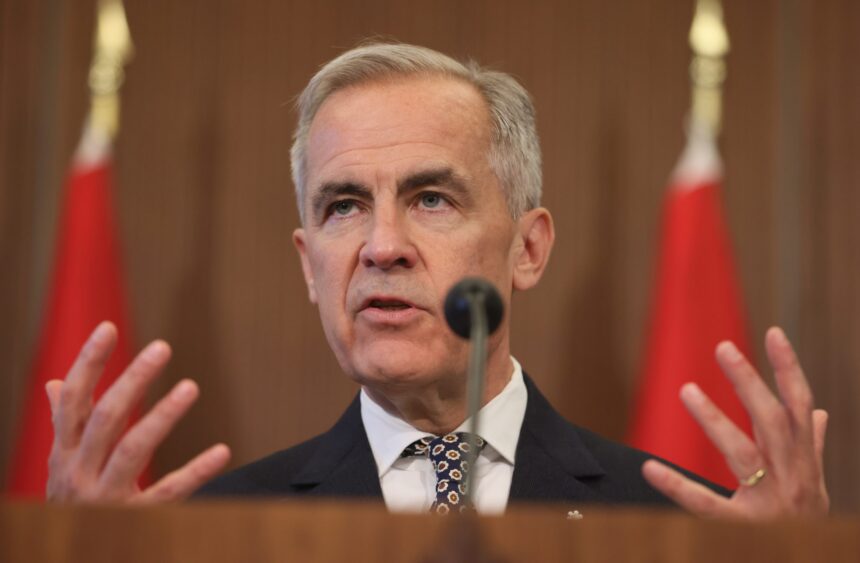In a rare display of political unity that cut across partisan lines, the House of Commons voted overwhelmingly yesterday to approve Bill C-5, a comprehensive legislation package aimed at addressing Canada’s growing infrastructure challenges while incorporating ambitious climate adaptation measures.
The bill, which passed with a 276-58 margin, represents months of intense negotiation and compromise from all major political parties. “This legislation demonstrates what can be accomplished when we prioritize national interests over political positioning,” said Infrastructure Minister Anita Anand during the final debate session. “The challenges facing our communities require immediate and thoughtful action.”
Bill C-5 allocates $38.6 billion over eight years toward modernizing critical infrastructure across all provinces and territories, with special provisions for northern and Indigenous communities. The funding framework includes $12.3 billion specifically earmarked for climate-resilient projects designed to withstand increasingly severe weather patterns affecting various regions of Canada.
Conservative MP Michael Chong, who worked closely with the government to amend several sections of the original draft, told reporters, “While we had significant concerns about certain spending mechanisms, the final version incorporates the accountability measures we insisted upon. This bill represents genuine compromise that will benefit Canadians regardless of where they live.”
The legislation garnered support from an unusual coalition of industry leaders, environmental organizations, and municipal governments. Toronto Mayor Olivia Chow called it “the most significant infrastructure commitment we’ve seen in a generation,” noting that large urban centers will receive dedicated funding to address aging transit systems and housing infrastructure.
Perhaps most notable is the bill’s innovative funding structure, which creates public-private partnership opportunities while maintaining stringent environmental assessment requirements. Economic analysts at the University of Toronto project the investments could generate approximately 185,000 jobs nationwide, with particular growth in green technology sectors.
“What distinguishes this legislation from previous infrastructure packages is its forward-looking approach,” explained Dr. Elizabeth Richards, climate adaptation specialist at the University of British Columbia. “Rather than simply rebuilding what exists, Bill C-5 incorporates climate modeling to ensure new infrastructure can withstand what’s coming, not just what we’ve experienced.”
The bill’s passage wasn’t without controversy. A vocal minority of legislators, primarily from rural Alberta and Saskatchewan, opposed provisions they claimed would disadvantage resource-dependent communities. “The transition timelines simply don’t reflect economic realities in certain regions,” argued Alberta MP Shannon Stubbs during debate.
Bill C-5 now moves to the Senate, where similar cross-partisan support is anticipated. If approved as expected, implementation could begin as early as September, with the first funding disbursements reaching municipalities before year’s end.
As Canada positions itself within the global infrastructure race, the question remains: will this rare moment of political cooperation signal a new approach to other pressing national challenges, or will it prove to be an exception to the increasingly polarized parliamentary norm?


















